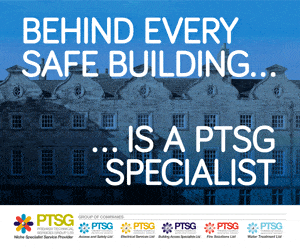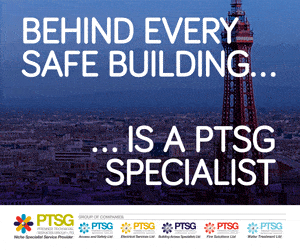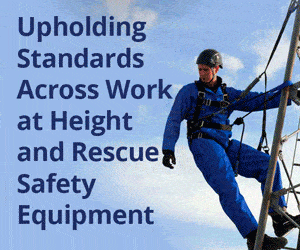Door & Hardware Federation (DHF) welcome the latest fire safety reform, following the commencement of the Fire Safety Act 2021 in England and Wales, and the Fire Safety (England) Regulations 2022. The Regulations came into force on 23rd January 2023 and were made under Article 24 of the Fire Safety Order 2005.
These reforms are an important step forward in improving fire safety and have been introduced by the government in response to implementing the fire safety recommendations made in the Grenfell Tower Inquiry Phase 1 report.
“The Fire Safety (England) Regulations 2022 which were laid before Parliament on 18th May 2022 are now in force and must be followed as UK legislation.” explains DHF’s Head of Commercial Operations, Patricia Sowsbery-Stevens.
The Regulations strengthen the Regulatory Reform (Fire Safety) Order 2005, clarifying what should be included in fire risk assessments of multi-occupancy residential buildings, and focuses on two essential fundamentals: the structure and external walls of the building, including cladding, balconies and windows; and all doors between domestic premises and common parts of the building.
“The implications for responsible persons are thus,” continues Patricia, “to focus attention on elements of buildings which some fire risk assessments have previously overlooked. Responsible persons should consider whether a more in-depth assessment of the external walls is required, particularly if their building uses cladding. A competent fire risk assessor can tell you if your building needs this comprehensive treatment or not.
“The new rules primarily apply to high-rise buildings where responsible persons must undertake monthly checks on lifts and other key firefighting equipment intended for use by firefighters, reporting any defects to the Fire & Rescue Service if they cannot be fixed in 24 hours; install information boxes with name and contact details for the responsible person, and a copy of the floor plans, provide building plans to their local Fire & Rescue Service, and keep a secure copy on site; maintain up-to-date information on External Wall Systems, including the design and materials involved, and erect Wayfinding Signage with flat and floor numbers to make the exit routes clear in low light or smoky conditions.”
It is important to note that in residential buildings over 11 metres in height, responsible persons must make quarterly checks on fire doors connecting common parts of the building and make every effort to carry out annual fire door checks of flat entrance doors. However, all multi-occupied residential buildings, regardless of height, must provide Fire Door Information so residents can understand the importance of fire doors, as well as fire safety instructions to residents, including how to report a fire and evacuation strategy information.
“DHF has continually advocated third-party certified complete doorsets and is delighted that this legislation is in place. We urge future Building Safety Directors and Responsible Persons to consult with DHF members that manufacture, supply, and install fire doorsets, and who can offer guidance on the maintenance and repair of all doorsets. The checks on fire doorsets must be carried out by a competent person and DHF offers Fire Door Inspection training via its collaboration with BRE. There are a lot of companies offering fire door inspection training, but DHF and BRE have been offering this for many years. Who better to turn to, therefore, than to two well established organisations?” says Patricia.
Further information can be found on the Government website: http://bit.ly/3kTQnGk






















































































